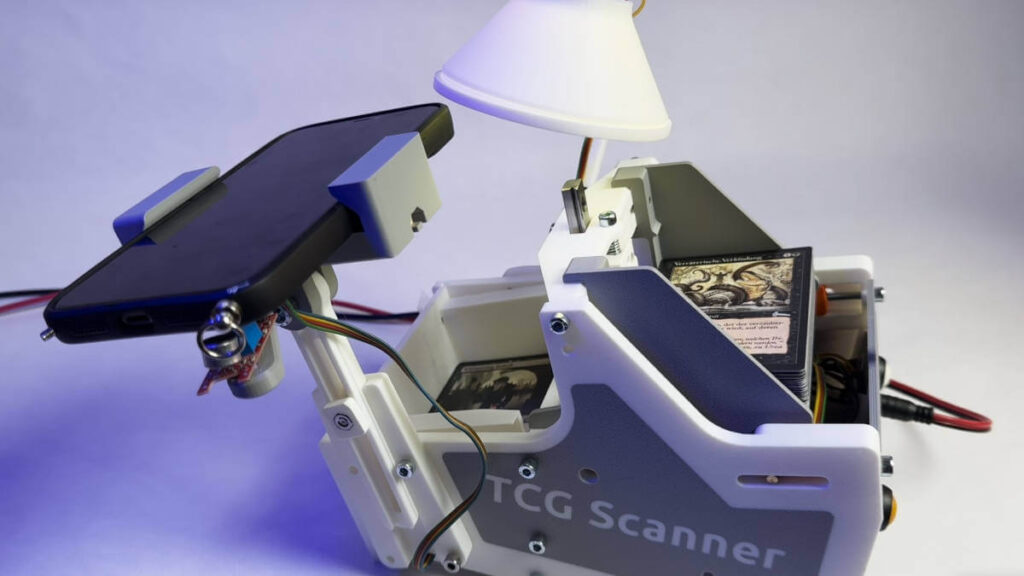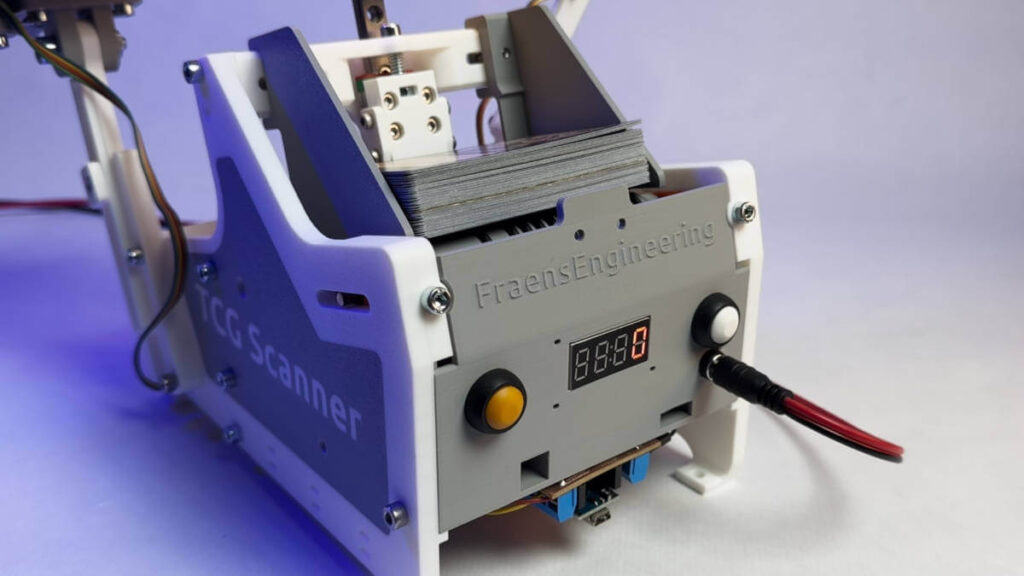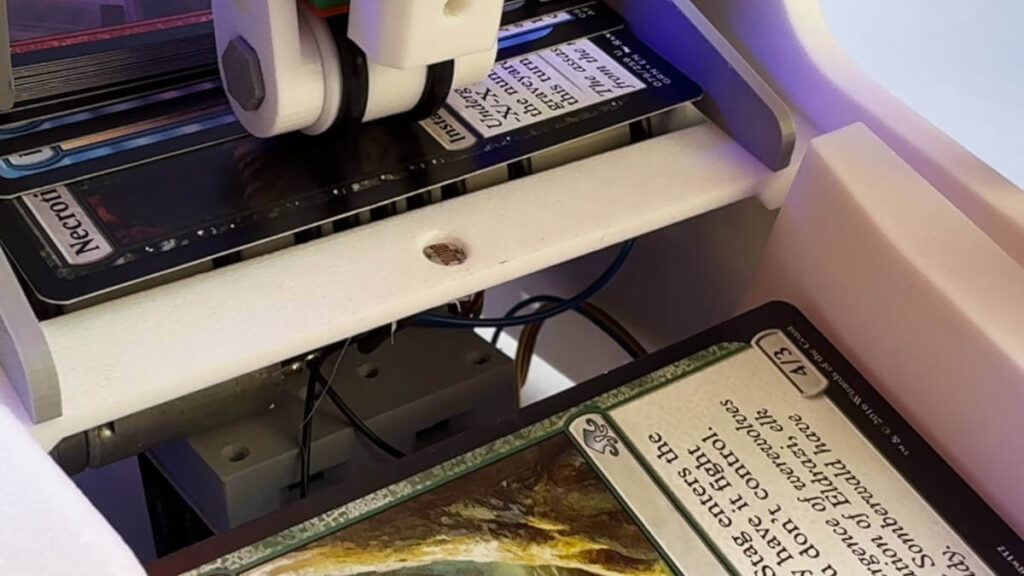Quickly Digitalize your magic maz with this 3D impressive scan platform
– March 27, 2025

We call them “Mézo builders” for one reason: because players end up with huge piles of exchange cards. They can be difficult to handle, so the Manabox application exists for Magic: The meeting. It allows collectors to scan and register their mallets, which is useful for everything, from finding market values to optimizing mallet compilations. To accelerate the scan process, French designed this 3D printed platform.
The Manabox application has a good feature that allows users to scan cards with the camera camera. The application recognizes the scanned card and then adds it to the library. But doing that manually, one card at a time, can be a labor process for large collections. This platform automates that by feeding a deck cards to a scan area. After the application records a card, the machine passes to the next card.

That happens under the control of an Arduino Nano Board. Turn the power engine through a basic H298N bridge controller. A light -dependent resistance is triggered when a card is in position, so the Arduino knows when to stop the engine.
But it is the process of starting the engine that is particularly intelligent. French needed a shape for the machine to determine when a scan ends, so that he can push the following card in place. The Manabox application reproduces a sound after a successful scan and the Arduino listen to that through a microphone. When listening to the sound (or any sound, the room must be silent), it knows how to proceed.

However, French encountered a problem to scan certain reflective cards. Too shining would ruin a scan, so French added a diffuse LED ring light with tight and tone tone. After putting a new card in place, the machine expects to listen to the notification sound of a successful scan. If you spend too much time without that sound, the Arduino will begin to adjust the lighting parameters until the scan is successful.
This is, of course, a lot of work if you only have a few dozen cards. But if you have hundreds or thousands in your collection, it could be worth it.


